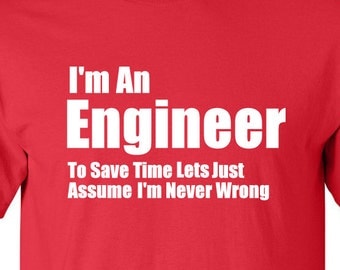There are sadly ethical issues all over the place in the engineering field. Usually they are caused by people trying to cut costs without regard to what is the right thing to do. To some people, money is the only thing on their mind. The issue I'm going to talk about in this blog post actually affected me personally. It has to do with types of house wrap that is applied to new houses that are built. Though it may not deal with industrial engineering, it does deal with manufacturing engineering which is closely related to IE.
Before I get into the issue, you readers need a little background. While going to school, I work full time for a siding company that services the F-M area. Our business deals strictly with the residential setting, meaning we put siding on new houses. The reason for siding is to protect a building from mother nature; whether it be rain, hail, snow, sleet, wind, or sun. With anything, there are going to be problems because siding isn't a perfect process and neither is the material used. Water somehow finds a way to penetrate through seams in the siding or through imperfections. To combat this, contractors apply a waterproof plastic/paper material to the outside sheeting of the house, behind the siding. This allows the house to breath and wick away moisture. If any water does find it's way behind the siding, the paper makes sure the water doesn't find its way to the interior of the house.
 |
| (kp-bp.com) |
Now on to the problem. When we're siding houses, suppliers generally send out two types of paper. One is paper with a sealant coating on the outside, and the other is plastic strands that are woven together. The problem occurs when the woven plastic type is sent out. Any imperfection or damage to the plastic causes the strands to loosen up and become unwoven. When this occurs, water is able to seep into the wood and cause damage. This leads to us having to do many costly repairs on a problem that can be prevented. Many complaints have been filed to the manufacturer to find a solution to this problem. All to no avail. The reason the company gave was that the paper they use is cost efficient for all parties involved, when in actuality it only benefits them. What they don't understand is that it might be cost efficient, but quality suffers greatly. Repair costs rack up and everyone but the manufacturer is stuck paying. Now, in reference to the engineering code of ethics, engineers number one priority is public safety and welfare. The engineers that work for the manufacturer decided to be selfish and cut their own costs and let the public suffer the consequences.
My solution to this is that the manufacturer discontinues this brand of house wrap and continue with only one quality type. Yes, it may be slightly more expensive, but in the long run the benefits of using a higher quality paper will outweigh the difference of cost between the two variations. The general public will be more satisfied with the higher quality.
